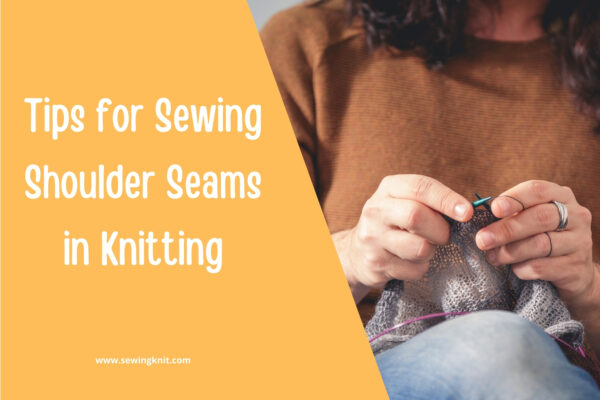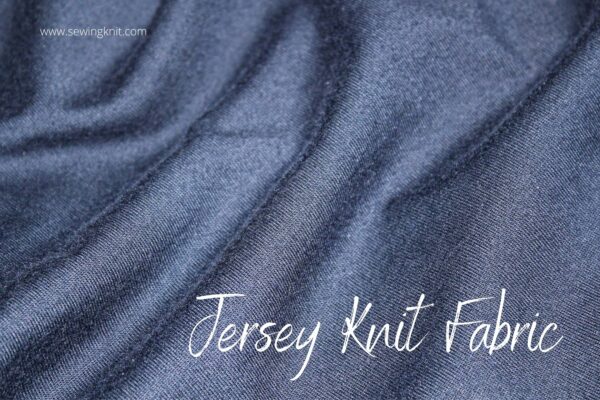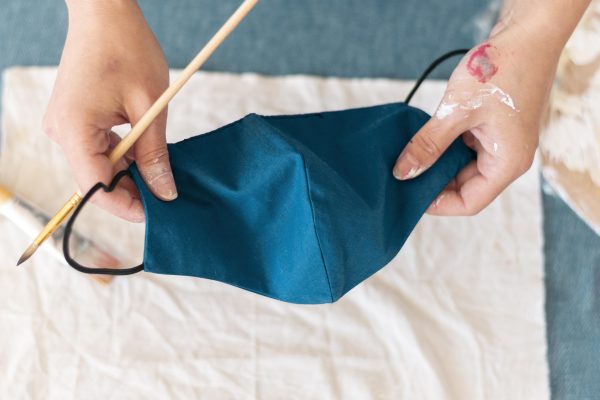Sewing children’s clothes is a joyful and creative endeavor that allows parents, caregivers, and crafters to craft unique and comfortable garments for little ones. The key to successful children’s clothing lies not only in stylish designs but also in choosing the right fabrics. The perfect fabric should be soft, durable, and safe for a child’s sensitive skin while also being easy to work with for sewing enthusiasts. In this article, we will explore the best fabrics for sewing children’s clothes, taking into consideration their comfort, functionality, and aesthetic appeal.
1. Cotton
Cotton is often regarded as the king of fabrics for children’s clothing due to its softness, breathability, and versatility. It is hypoallergenic and gentle on the skin, making it ideal for babies and children with sensitive skin. Cotton allows air to circulate, preventing overheating and promoting comfort during warm weather.
One of the great advantages of using cotton fabric is its ease of maintenance; it is machine washable and becomes even softer with each wash. When sewing with cotton, it’s essential to choose high-quality cotton to ensure durability and longevity. Additionally, organic cotton is an excellent option for eco-conscious parents, as it is free from harmful chemicals and pesticides.
2. Bamboo
Bamboo fabric has gained popularity in recent years for its exceptional softness and eco-friendly properties. It is made from bamboo pulp, a renewable resource that requires minimal water and pesticides during cultivation. This fabric is naturally hypoallergenic, making it suitable for children with allergies or sensitive skin.
Bamboo fabrics also possess excellent moisture-wicking properties, which helps keep children cool and dry in hot weather. Moreover, bamboo has natural antimicrobial properties, making it resistant to odor-causing bacteria. Sewing with bamboo fabric requires some attention, as it can be slippery, but the end result is worth the effort.
3. Jersey Knit
Jersey knit is a popular fabric choice for comfortable and stretchy children’s clothing. It is made using a blend of cotton, polyester, or viscose, resulting in a lightweight and breathable material. The fabric’s stretchiness allows for easy movement, making it perfect for active children.
Jersey knit is commonly used for sewing T-shirts, leggings, and dresses. When working with this fabric, it is important to use a ballpoint or stretch needle to avoid damaging the knit. With a wide range of patterns and colors available, jersey knit is a go-to choice for both beginner and experienced sewers.
4. Flannel
Flannel is a warm and cozy fabric that is well-suited for sewing children’s winter clothing or sleepwear. It is commonly made from cotton and brushed on both sides to create a soft, fuzzy surface. Flannel is perfect for crafting pajamas, robes, and blankets to keep children snug during colder months.
When using flannel, pre-washing is recommended to prevent shrinking after sewing. Additionally, flannel can be prone to fraying, so using pinking shears or serging the edges is advised to ensure the longevity of the garment.
5. Linen
Linen is a natural fabric that has been used for clothing for centuries. It is made from the fibers of the flax plant and is known for its breathability and coolness, making it an excellent choice for hot weather. Linen has a distinct textured appearance that adds a touch of sophistication to children’s clothes.
While linen can wrinkle easily, many people appreciate its relaxed and casual look. It is worth noting that linen softens with each wash, becoming more comfortable over time. When sewing with linen, using a smaller needle and a looser stitch length can help avoid damaging the delicate fibers.
6. Fleece
Fleece is a synthetic fabric that is incredibly soft and lightweight. It is an excellent choice for sewing children’s outerwear, such as jackets and vests, as it provides warmth without adding bulk. Fleece is also moisture-wicking, which means it helps keep children dry and comfortable during physical activities.
Sewing with fleece is relatively easy, as it does not fray, and it can be sewn with a regular sewing machine using a ballpoint needle. However, some varieties of fleece can shed, so it’s essential to check the quality before beginning the sewing project.
7. Corduroy
Corduroy is a durable fabric with distinctive vertical ridges, often referred to as “wales.” It is commonly made from cotton and is an excellent choice for sewing children’s pants, overalls, or jackets. Corduroy is warm and hardwearing, making it suitable for active kids.
When sewing with corduroy, it’s crucial to pay attention to the direction of the nap (the raised ridges). All pattern pieces should be cut in the same direction to ensure a uniform appearance. Additionally, using a thicker needle and longer stitch length will help sew through the fabric’s thickness more easily.
8. Denim
Denim is a classic and versatile fabric that has stood the test of time. It is a rugged cotton twill fabric that is commonly used for jeans, overalls, and jackets. Denim is highly durable and can withstand the wear and tear of active play, making it a favorite for children’s clothing.
When sewing with denim, it’s advisable to use a heavy-duty needle and durable thread to handle the fabric’s thickness. Additionally, denim can be stiff, so pre-washing and softening it will improve the garment’s comfort.
Conclusion
Choosing the right fabric is essential when sewing children’s clothes. Each fabric has its unique properties, catering to different needs and weather conditions. Cotton, bamboo, and jersey knit are perfect for soft and breathable everyday wear, while flannel, fleece, and corduroy offer warmth and coziness for colder seasons. Linen provides a lightweight and stylish option for hot weather, and denim remains a classic and durable choice for versatile garments.
When embarking on a sewing project, consider the child’s comfort, style, and the intended purpose of the garment. With the right fabric, a dash of creativity, and some sewing skills, you can create beautiful, functional, and safe clothing that will delight both children and parents alike. Happy sewing!




